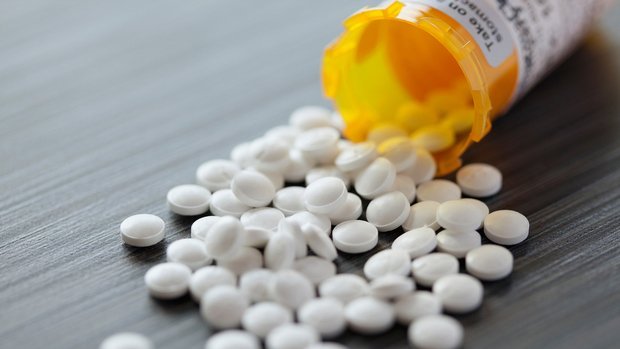How to Wash White Laundry to Keep It Looking Brilliant
In the same way there are rules in life for things like how to drive a car, how to cook a meal or how to manage your money, there are a few simple rules for how to wash white clothes to keep them looking brilliant and clean. And if they happen to get a bit dull, gray or yellowed, there are rules for how to restore the brightness of washable white clothing, too.
SEPARATE
Sort dirty laundry carefully. Never allow items of color — any color, no matter how pale — to sneak into a load of white laundry. Washing white clothes separately prevents the dye from colored items from bleeding and transferring to white things. Even though the effect may not be noticeable at first, this is how white things begin their journey to become dull and dingy eventually.
TREAT STAINS
Make sure you pre-treat all stains on white clothes before putting them into the washer. This is your window of opportunity to make sure they will be completely removed — before they hit the washer and dryer.
Want to know the best stain remover? It’s there under your kitchen sink: Blue Dawn Ultra dishwashing liquid. Fill a squeeze bottle, and keep it in the laundry room. When you see a stain, hit it with a bit of full-strength Blue Dawn Ultra, and then launder as usual. It works like magic on most stains on both white and colored items. Just make sure you keep the whites and colors in separate loads!
AVOID OVERCROWDING
White things need their space to get really clean and white. Suppose the washer is packed to capacity. That leaves precious little room between these items for the water to move powerfully enough to flush away the soil that the detergent will have loosened. When left to dry on fabric, that left-in residue will leave those items looking dull and, eventually, gray.
Overcrowding is not good for any laundry loads, but it’s especially troublesome for white clothes.
MORE IS NOT BETTER
Whether yours is an older top-loading machine that uses a lot of water or a front-loader that uses what seems like hardly any, chances are good you’re using way too much detergent. It is difficult to imagine, perhaps, but you should measure by tablespoons, not cups, with most machines. Experiment to find the right amount for your machine, or follow the label instructions (warily), and then carefully measure for each load.
Detergent that doesn’t get rinsed away thoroughly gets stuck between the fibers of your white towels and sheets and will make them feel rough and scratchy, not soft and fluffy — and eventually dingy gray.
HOT, HOT, HOT
Use hot water in the wash cycle for white items (or the warmest recommended for the fabric) and cold water for the rinse cycle(s). This helps to remove body oils and grime that can leave fabric looking dingy and gives the dirty detergent the best opportunity to be rinsed away completely.
RINSE WITH VINEGAR
Forget commercial fabric softeners, which can leave residue on fabrics that can be harmful to our health and are not good for the washer and dryer, either. Instead, add one cup of distilled white vinegar to the rinse cycle to ensure that all the detergent is stripped away from fabrics.
DOUBLE-CHECK FOR STAINS
Once white items come out of the washer, check again to make sure all stains are gone. If not, re-treat and re-launder. If a stained item goes through the dryer, you’ve just guaranteed it will be much more difficult to remove, if you manage to remove it at all. Heat treating does that.
FULL SUN OR LOW HEAT
If you have the opportunity and the right conditions where you live, hanging your white items out on a line or dryer rack in full sun is ideal. The ultraviolet rays from the sun will sanitize, freshen and whiten them!
If sun is not possible, dry whites on a low heat setting in the clothes dryer. This will take a bit longer, but your items will last longer, and any stains, dinginess or grayish tinge will be much easier to reverse. Overdrying can also cause stains you can’t see to turn yellow.




